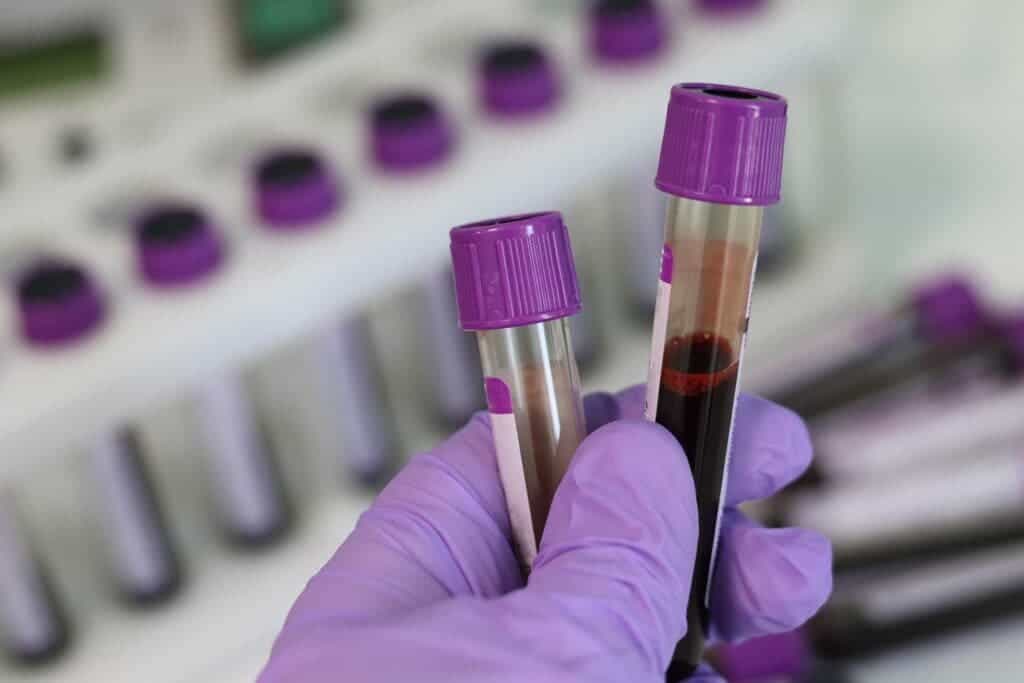Building the future’s space colony will take grit, blood, sweat, and tears — quite literally so, according to new research.

Researchers at the University of Manchester plan to build astronauts’ future space lodgings out of the astronauts themselves. More to the point, they plan to use the albumin protein naturally present in their blood, alongside urea, a waste product naturally excreted through urine and sweat. These compounds can be mixed with martian soil — regolith — to create building materials that are comparable to, and even out-perform, concrete.
With the sweat of our brows
“Scientists have been trying to develop viable technologies to produce concrete-like materials on the surface of Mars, but we never stopped to think that the answer might be inside us all along,” says Dr. Aled Roberts from The University of Manchester, a co-author of the paper describing the process.
Size and mass are important limitations for any transportation effort, but none much more so than space transportation. Every cubic inch of volume and every gram of weight in a spaceship are carefully planned and accounted for. Nothing is wasted, and nothing that isn’t essential is included — simply because taking something to space takes a fortune in fuel, design, and logistical costs.
This means that it’s simply not economically viable to take a load of concrete or bricks up to Mars or the Moon, for example. Naturally, this is an issue, as we want to have people living on these (and many other) worlds in the future. In a bid to try and solve this issue, the team at Machester worked to develop a way to make local resources usable by the astronauts as building materials.
Maritan regolith has been investigated for this purpose in the past, especially in conjunction with any local water resources. Together, these can produce a mixture that, while not ideal, is appropriate for lightweight construction duties, enough to give missions their first staging base that’s viable for long-term habitation.
The team realized that one resource will never be missing from crewed missions: the crew. The material they developed, AstroCrete, uses the protein albumin isolated from human blood plasma as a binder for lunar or Martian dust. The finished product can withstand compressive strengths as high as 25 MPa (Megapascals). For comparison’s sake, ordinary concrete can withstand forces between 20-32 MPa depending on its exact composition. Further research showed that incorporating urea, a waste product naturally excreted by our bodies through urine, tears, and sweat, can fortify AstroCrete even more, allowing it to withstand close to 40 MPa.
Although these results are based on simulated lunar and martian dust, not the real thing, they are definitely encouraging. The authors estimate that a crew of six astronauts can produce around 500 kgs of high-strength AstroCrete over a two-year mission. It likely won’t be the main material used for construction, but it has potential as a mortar for sandbags or vitrified (heat-fused) regolith bricks. Used in this way, each crew member could supply enough albumin and urea to expand the habitat enough to support one new member. Lodging could thus be doubled on each successive mission at the same site.
“It is exciting that a major challenge of the space age may have found its solution based on inspirations from medieval technology,” said Dr Roberts, noting that animal blood has been used as a binder for building materials in the past.
“The concept is literally blood-curdling”.
The effect can be explained by the proteins in the blood, including albumin, denaturating — in essence, curdling. This results in a much longer molecule that effectively acts the same way as rebar in reinforced concrete, tying everything together.
The paper “Blood, sweat and tears: extraterrestrial regolith biocomposites with in vivo binders” has been published in the journal Materials Today Bio.


